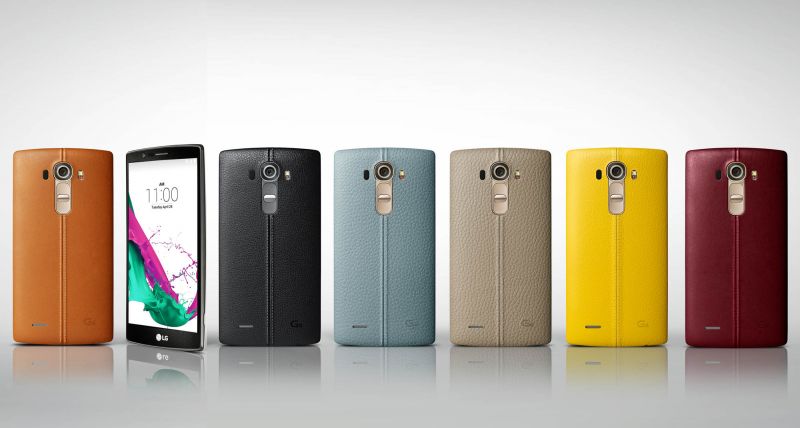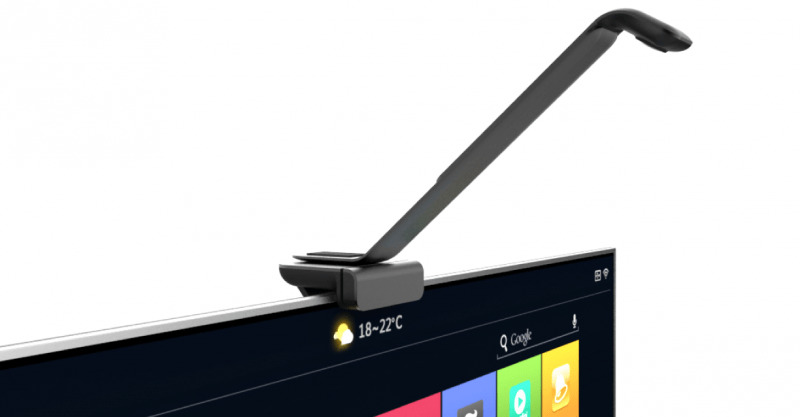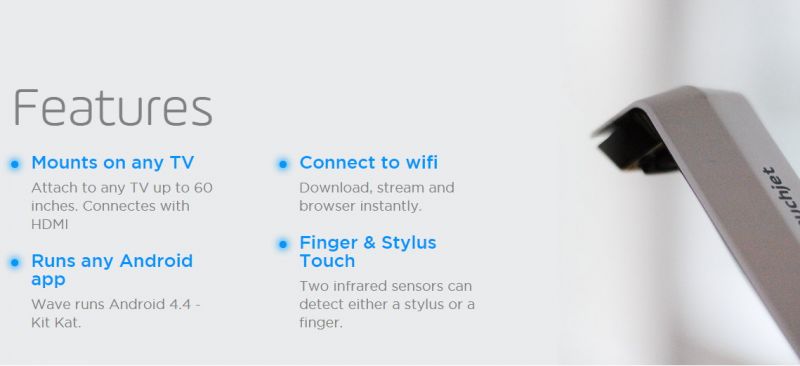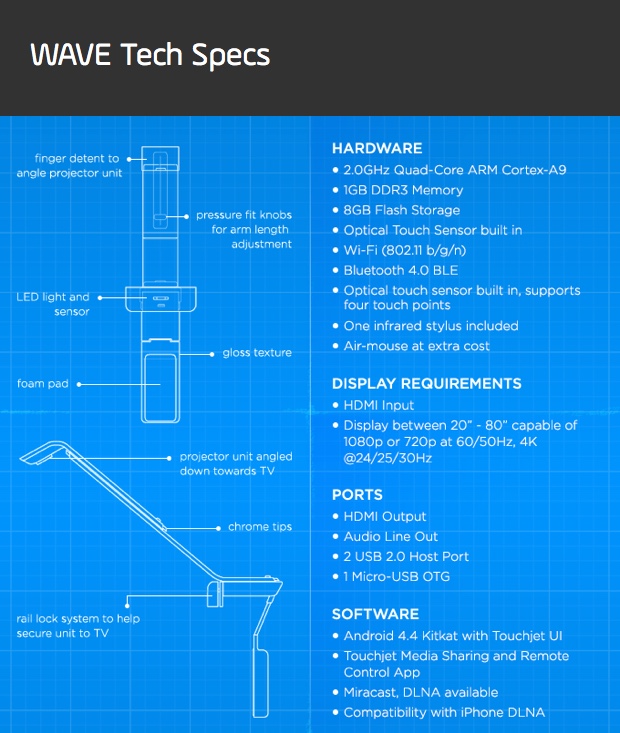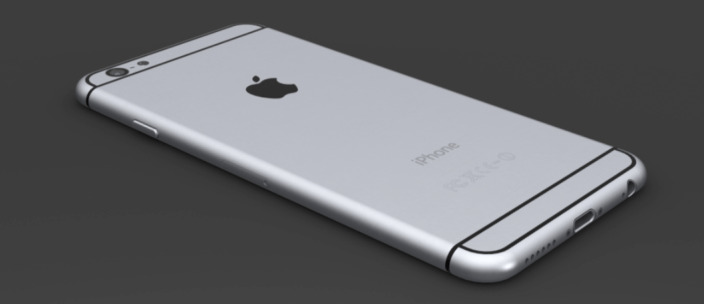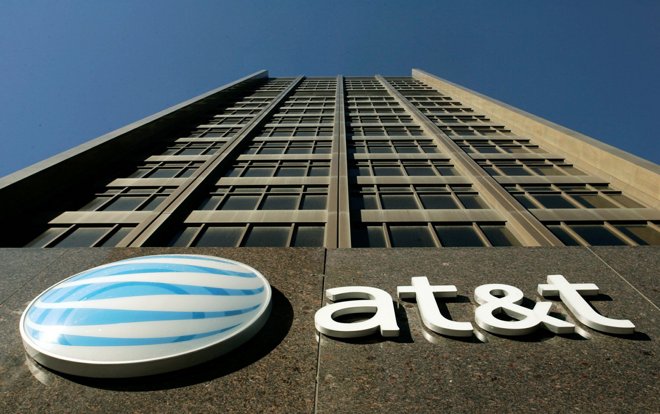Yesterday I posted up an article listing 10 things you’d expect to hear from an Apple fan about Android devices. Today I thought Id turn the tables and list the kind of things the Android user base would say about iPhones.
The software has no customization options
Android users seem to constantly praise the amount of customization options available to them, whilst the iPhone in comparison is left with very little flexibility in this area. It’s very true that Android has always been the more customizable operating system, but sometimes having a single, solid design is much easier and quicker, especially when you just want something to work for the sake of functionality.
iPhones are too expensive
Brand new iPhones are expensive – there is no denying that. If you were to look at the top high-end Android smartphones the pricing wouldn’t be that different. Manufacturers like Samsung often sell their latest flagship Android smartphones for very similar prices to new iPhones. If you want to pay less for a smartphone, then you’re going to be sacrificing on quality somewhere. With that being said, it is practically impossible to get a cheap iPhone unless you buy second hand.
There’s no variety – they all look the same
Because of the huge number of manufacturers working to produce Android smartphones, there is always a huge variety of new smartphones on the market every year. Compare it to the iPhone ecosystem and you’ll notice that Apple has a lot less to offer in comparison. Sometimes simplicity is the best way to be though. This year we’re expecting to see the iPhone 6S, the 6S Plus and the 6C and that’s more than enough variety for some people.
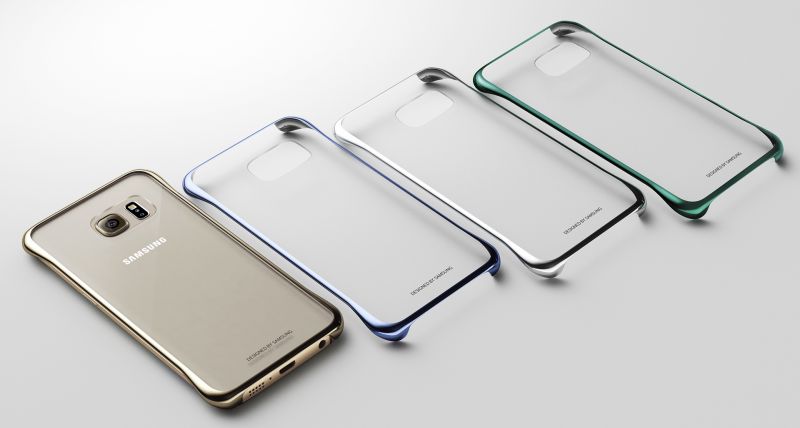
Only being able to install from the iTunes App store sucks
On Android, you can install apps from the internet, whilst non-jailbroken iPhones can only have their apps installed from the iTunes store. Yes, iPhone users may be missing out on some applications, but being limited to the iTunes store offers a great degree of security. iOS applications have to go through a screening process before they even get uploaded to the app store.
Having no microSD storage must be a pain
Being able to add extra storage on the fly via a microSD storage card does sound like a nice commodity but in 2015 finding a flagship Android smartphone with this feature is becoming harder to do. More manufacturers are dropping microSD compatibility to make room for more internal hardware, and to make up for that, internal storage is usually increased to up to 128GB. 128GB is more than enough storage for most smartphone users.
iPhones have worse internal hardware
Comparing the iPhone 6’s specs with the Galaxy S5’s specs on paper will make it sound like the S5 is far superior to the iPhone 6.
The iPhone 6 comes with a Dual-core 1.4 GHz processor and 1GB of RAM whilst the S5 comes with a quad-core 2.5GHz processor and 2GB of RAM. It’s clear to see which one sounds better, but performance tests show that both devices perform equally well. This is mainly to do with how the operating system is compiled on iPhones – iOS has been optimized a lot more.
iPhones have smaller batteries
Here’s another area where the paper stats are different to real life results. The iPhone 6 has a 1,810mAh battery whilst the Galaxy S5 has a 2,800mAh battery. Does this mean the S5 has a considerably longer battery life? Perhaps, but it’s not as huge as the numbers would make you think. Less powerful hardware means less of a strain on battery life.
Personalizing your iPhone is practically impossible
Making your own iPhone truly feel like your own, the personal device is apparently impossible as far as some Android owners are concerned. With iOS 8, you can install your own keyboard, set up different personal settings and if you want to take it a step further, jailbreaking your iPhone opens up new opportunities for personalization.
Apple Maps is terrible
Well … Okay, this is true. Apple Maps just doesn’t quite cut it. Fortunately, Google Maps can be picked up on iOS too – it’s certainly not exclusive to Android devices.
iPhones Break Easily
It’s not that iPhones break easily, but it could be argued that they break easier. If you’re going to be dropping your caseless smartphone from head height anytime soon, you may want to stick to an Android phone. I’ll leave the video to do the talking.
Image credit: Samsung.com; Devianart, Bleson

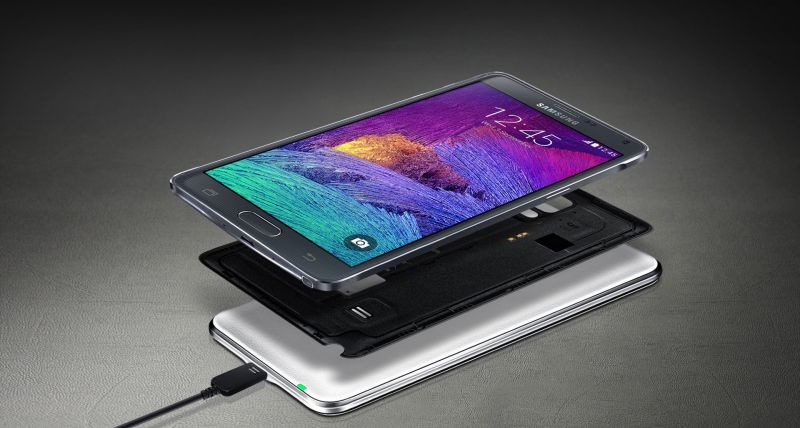
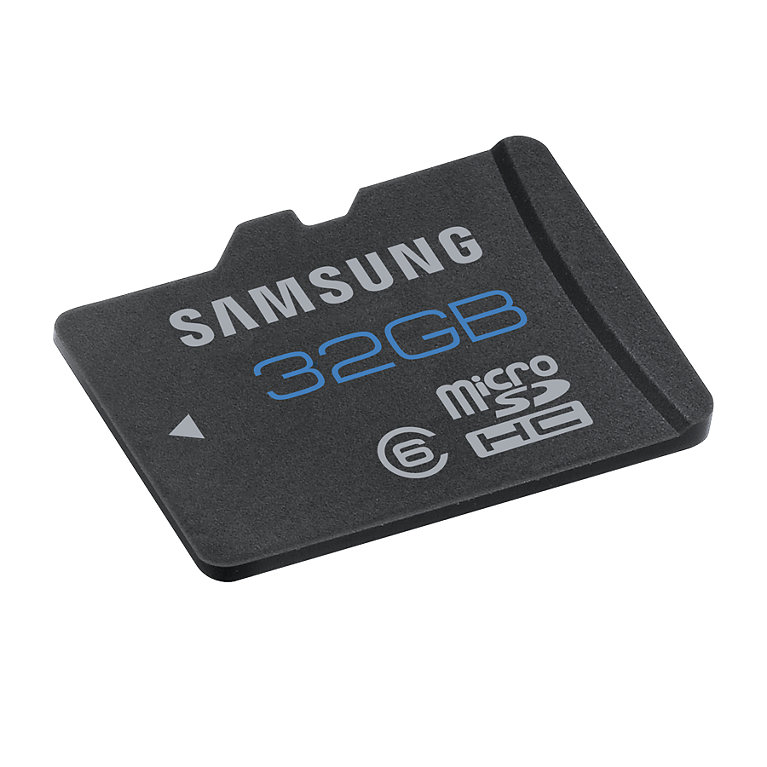
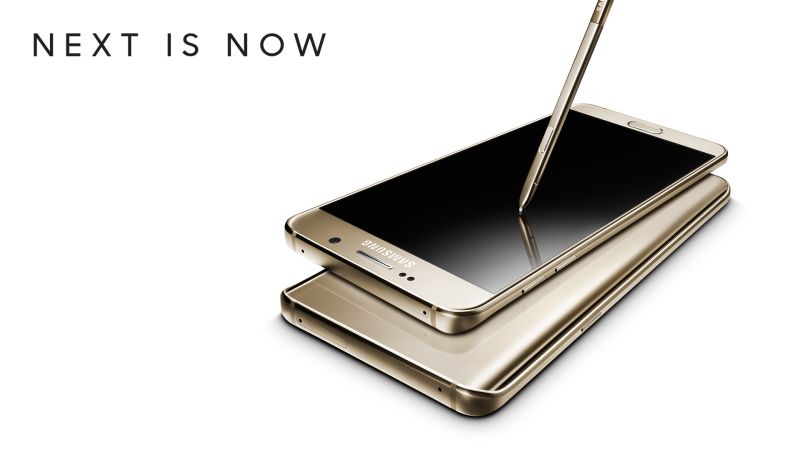

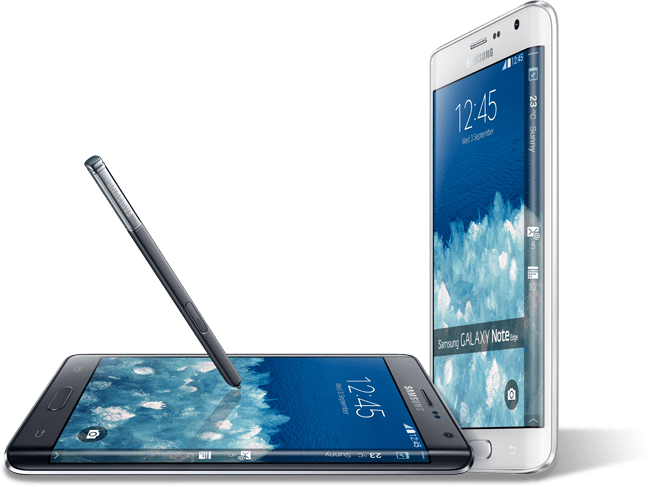

 In older years, TFT, a version of the LCD display was used for smartphones. The trouble was that TFT had a slow response time which lead to sluggishness and what felt like delayed touch response. In simple terms, interacting with the screen would take longer for the results to show on a TFT display than it would on an IPS display.
In older years, TFT, a version of the LCD display was used for smartphones. The trouble was that TFT had a slow response time which lead to sluggishness and what felt like delayed touch response. In simple terms, interacting with the screen would take longer for the results to show on a TFT display than it would on an IPS display.